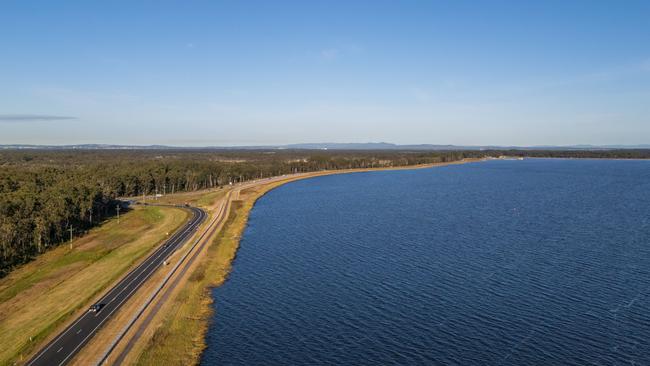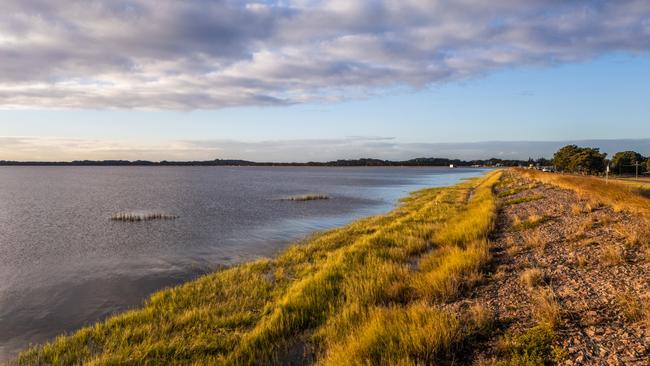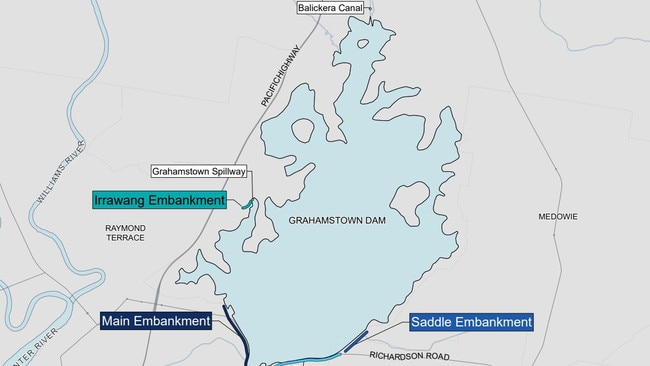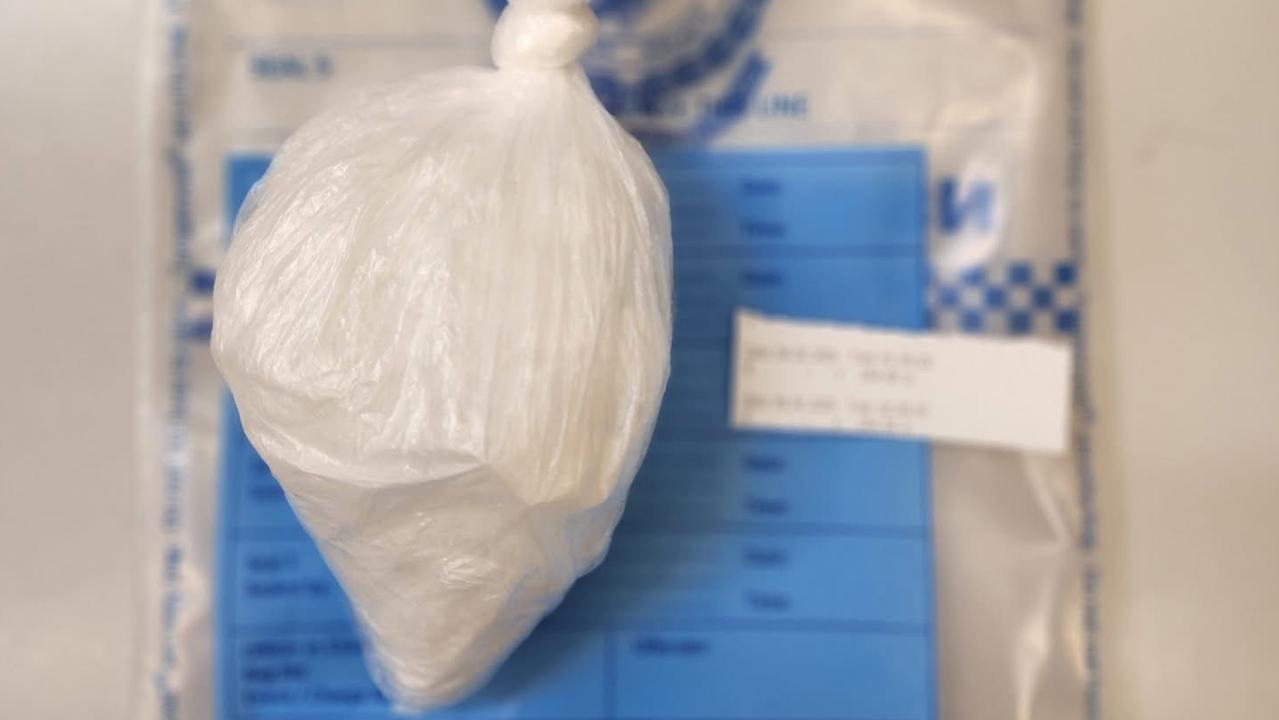Risk assessment prompts Hunter Water to reduce Grahamstown Dam capacity to 90 per cent
New technology used for a fresh risk assessment, which suggests a 1 in 3500-year earthquake could damage the Hunter’s main dam for drinking water, has prompted authorities to reduce its capacity to 90 per cent.

Newcastle
Don't miss out on the headlines from Newcastle. Followed categories will be added to My News.
The plug is being partially pulled on the Hunter’s largest drinking water catchment after fresh technology suggested the Grahamstown Dam could be damaged in the unlikely event of an earthquake.
Hunter Water announced on Wednesday that the amount of water stored in the 60-year-old dam, which supplies more than half the region’s drinking water, would be reduced to 90 per cent following a comprehensive risk assessment submitted to the regulator Dams Safety NSW in early July.
The dam was at 97.3 per cent of capacity on Wednesday.
The risk assessment found the largest risk to the dam walls, or embankments, was an earthquake, or a series of smaller ones close to the dam, and estimated that the risk of it occurring to the main embankment was calculated to be a 1 in 3500-year event, or a 0.03 per cent chance of occurring in a single year.
Hunter Water stressed that the risk was not new, with concern about damage from earthquakes reaching back to the dam’s existence, however the use of the latest technology in geotechnical engineering, scientific monitoring and computer modelling had allowed Hunter Water and its technical experts to better understand how the dam might respond to a range of rare events.

Hunter Water managing director, Darren Cleary, said in a statement that while the review found that Grahamstown Dam continued to operate safely in both normal and flood conditions, it was critical to take decisive action to reduce the immediate risk to people and nearby properties, while longer-term solutions for the dam were developed.
“In response to the report findings, we’ll be slowly reducing the amount of water in the dam over the coming weeks to lower its overall storage to around 90 per cent capacity,” Mr Cleary said.

“This means we reduce the amount of water that could potentially be released to low-lying areas downstream of the dam’s embankments (walls) if they are damaged in the unlikely event of an earthquake.
“We’ll maintain this water level, while we proactively work through the report recommendations for additional short-term mitigation measures such as reviewing our emergency response plan, as well as developing longer-term, permanent upgrades to strengthen the dam walls.
“The safety of our community is paramount. I’d like to reassure our community that the dam continues to operate safely under normal conditions,” said Mr Cleary.
A letter was being mailed to residents and community members on Wednesday about the report findings and Hunter Water would be introducing drop-in sessions.



